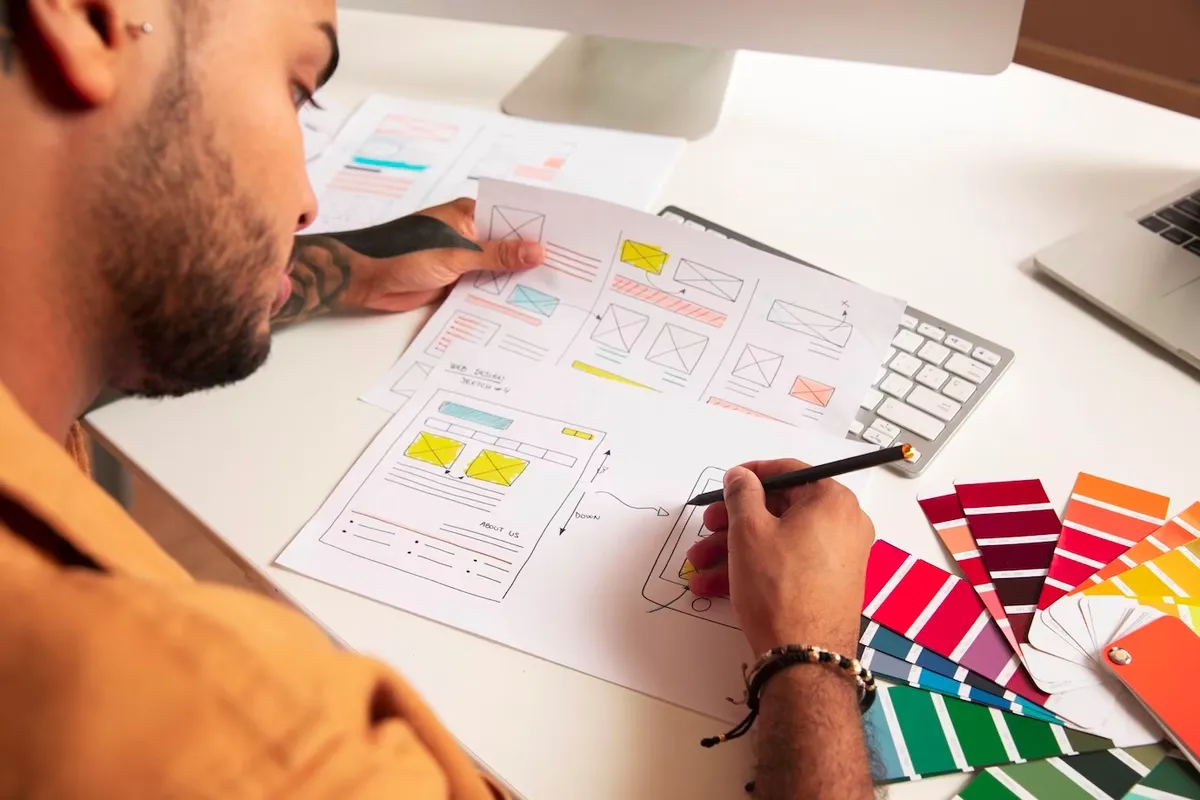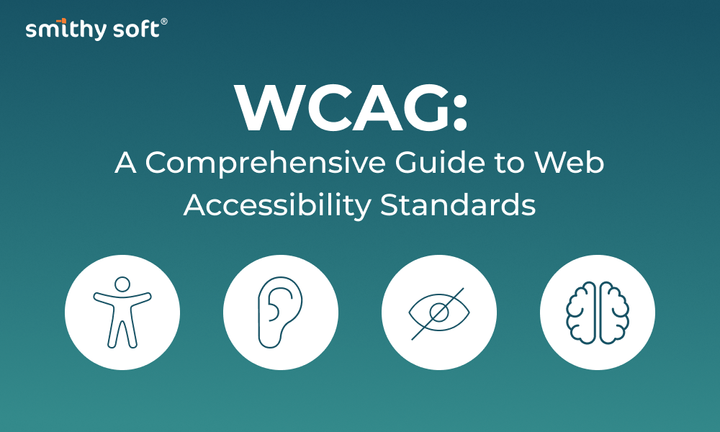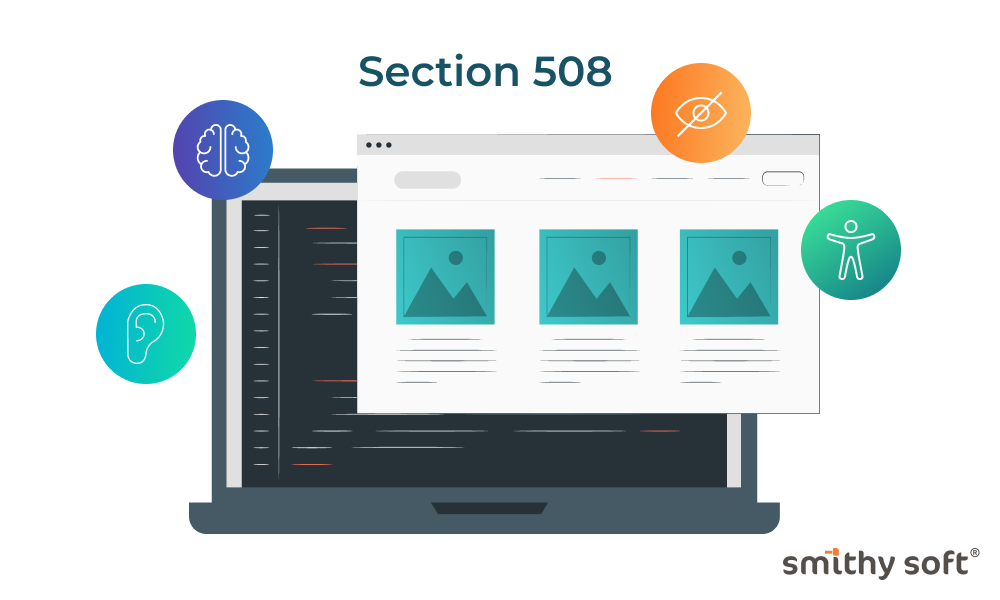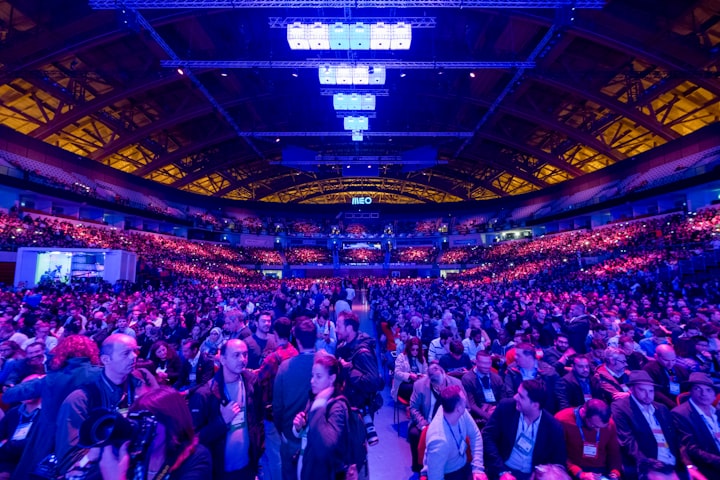A product designer is a must-have for both the company and the client

There is much more to the Product Designer than just the design; this role is a complex approach to solving a task in one work unit.
Many titles and categories of designers create a variety of products; almost anything you can imagine and come across in your everyday life.
In a company, UX/UI designers, graphic designers, motion/animation designers, analysts, prototype developers, etc., can work on product creation, and each of them does their "piece" of work to pass it on.
It often happens that when the work is done and the product is ready, the following problems arise: the product does not solve the customer's problem effectively, the product creates additional issues, or the product becomes too expensive or dysfunctional for the users.
What does the client do in this case? They start looking for someone to "fix" these problems. It will always imply additional costs & time for the client, as well as for the company.
To avoid this, try to hire a product designer right away. Although it will cost a little more than a usual, say, UI designer, in the end, it will cost you less and allow you to avoid risks.
Who is a product designer?
It is someone who is involved in the process of developing a useful product, and who meets the needs of customers by identifying user problems and finding creative solutions to solve them.
Product designers take care of the project throughout the entire life cycle of the product: from initial research (analytics, market research) to ideation, concept creation, prototyping, usability testing, and product implementation.
Typical work steps for product designers
Any product design begins with researching the subject and identifying and setting problems.

At this step, designers will try to better understand the problems the users face, as well as to gain a deeper understanding of their consumer audience. For this, appropriate research (business analytics) is conducted.
Choosing the best strategy for solving these problems.
This is the process of clarifying, formulating, and concretizing your ideas. The following will be useful: brainstorming, user interviews, creating a customer journey map, etc.
Prototyping.
Once you have a clear vision of what the team is going to build, it's time to visualize and test all ideas and strategic decisions through prototyping. This is a basic product mockup that visualizes all elements and features. Prototypes can take many forms: they can be a drawing on a piece of paper or a complex multi-page structure created in Adobe XD, Sketch, or Figma. However, all prototypes perform the same job - they synchronize the customer's and the implementer's idea of how the design should look.
Finally, the prototype goes into testing.
At this stage, designers refine the product through continuous improvements. Customers are brought in to test the product, additional changes are made, and eventually, the product is ready to go to market.
Good product designers regularly test their ideas with real users, not just when a prototype or concept is ready. They test the product constantly, checking for corrective ideas based on the feedback they receive from users.
The goal of a product designer is to evaluate whether their ideas are worthwhile, whether people want to buy the product, and if not, to determine what needs to be changed.
So, a product designer is a person who deals not only with design but also with what will make this design successful!
What skills should a product designer have?
The role of a product designer is complex, multi-functional, and interdisciplinary. First of all, they are a designer. However, at the same time, they are also a researcher and analyst. They must also understand the principles of marketing, and have the skills of the Product Manager too.

The position of a product designer is an evolutionary step in a designer's career. Because a product designer is a specialist with a broad worldview and a wide range of knowledge, various areas of responsibility, and a rich set of tools, which is not limited to creating an interface.
Product designers use various research methods and study psychology to understand people better and develop empathy, which is a key weapon in their arsenal.
They also analyze the information received and create documentation (such as a product requirements document) together with product managers, providing it with the necessary sketches, user journey maps, and user portraits.
Product designers learn the fundamentals of entrepreneurship, discover business management processes, and study prioritization and resource allocation practices in a company to finally understand, "Why did this need to be done yesterday?". They must communicate with product managers in the same language and are allies and co-authors of a single product concept.
Cooperation with marketers, copywriters, and PR specialists at the promotion stage, as well as providing all the necessary means to promote the product to the market, is also the area of responsibility of product designers.
This does not mean that product designers do all this on their own and take direct responsibility. No, but the product designer is the bridge between all teams at all stages of product development and the advocate for users. This saves time and allows timely detection of defects in the process of creating a product and launching an effective product that meets the set objectives.
Recommended Books
«The Design of Everyday Things» by Don Norman is considered the human-centered design bible.
The author is an American researcher, professor, and head of the Design Laboratory of the University of California in San Diego. Known for his vast experience in the field of design, usability engineering, and cognitive science. This book is a best-selling book about how design serves as the communication between object and user, and how to optimize that conduit of communication to make the experience of using the object pleasurable.
«The Innovator's Dilemma: When New Technologies Cause Great Firms to Fail» by Clayton M. Christensen.
Named one of 100 Leadership & Success Books to Read in a Lifetime by Amazon Editors. In this classic bestseller - one of the most influential business books of all time - innovation expert Clayton Christensen shows how even the most outstanding companies can do everything right - yet still lose market leadership. Christensen explains why most companies miss out on new waves of innovation. No matter the industry, he says, a successful company with established products will get pushed aside unless managers know how and when to abandon traditional business practices. Offering both successes and failures from leading companies as a guide, The Innovator's Dilemma gives you a set of rules for capitalizing on the phenomenon of disruptive innovation.
«Value Proposition Design: How to Create Products and Services Customers Want» by Clayton M. Christensen
Value Proposition Design helps you tackle the core challenge of every business ― creating compelling products and services customers want to buy. This highly practical book, paired with its online companion, will teach you the processes and tools you need to create products that sell. The book will help you understand the patterns of great value propositions, get closer to customers, and avoid wasting time with ideas that won’t work. You’ll learn the simple process of designing and testing value propositions, that perfectly match customers’ needs and desires.


